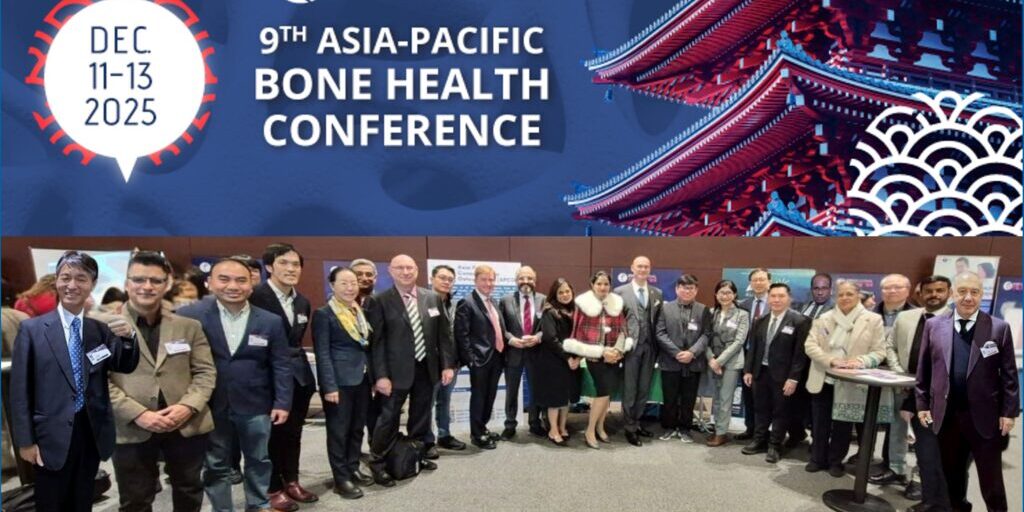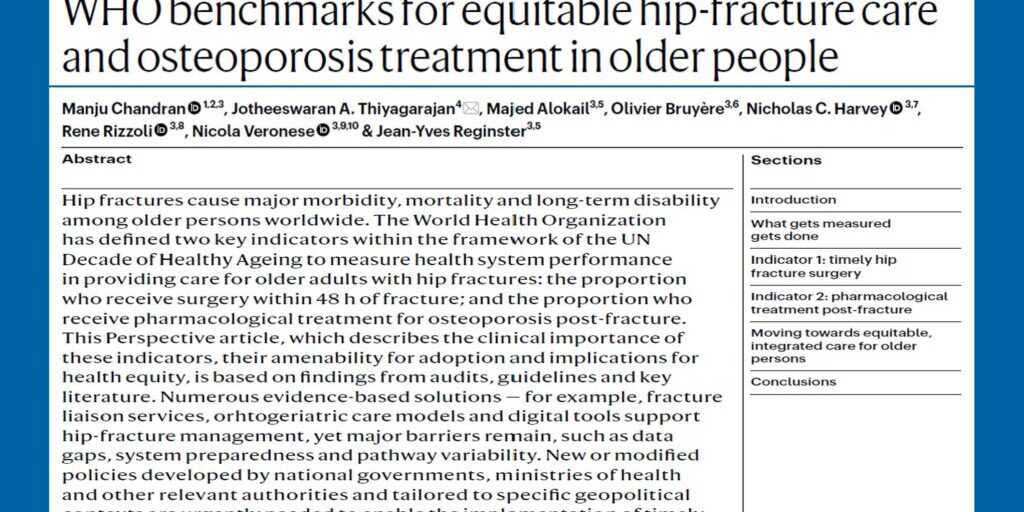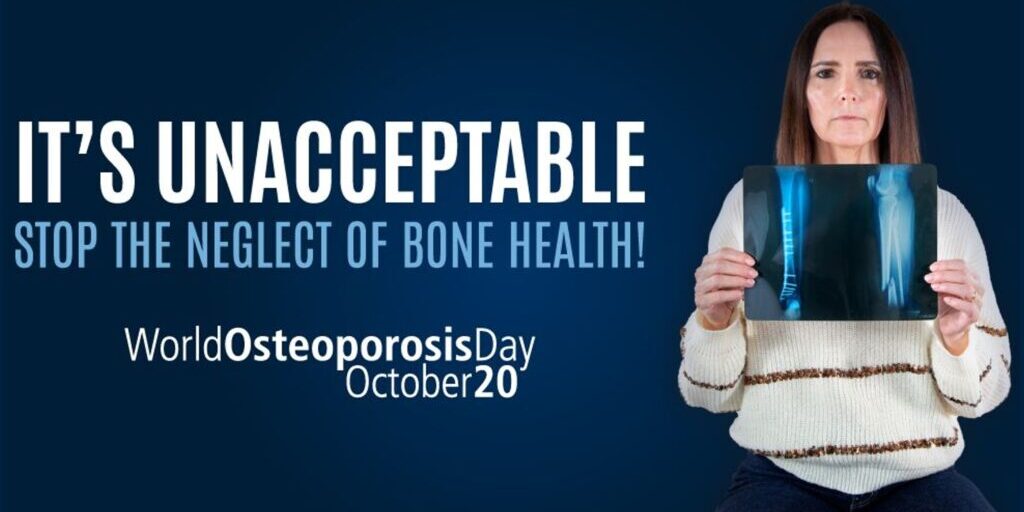The Asia Pacific Consortium on Osteoporosis (APCO) was recently invited to provide our unique perspective on how we are disrupting the status quo of osteoporosis management in the Asia Pacific (AP), by the prestigious Journal of Bone and Mineral Research, the flagship, peer-reviewed publication of the American Society for Bone and Mineral Research (ASBMR), and one of the world’s highest-ranked bone journals. The article, which is open-access, has just been published in the April 2022 issue of the journal: https://pubmed.ncbi.nlm.nih.gov/35279864/
Co-authored by APCO Chairperson, Prof Manju Chandran, Singapore General Hospital and DUKE-NUS Medical School, and APCO Executive Committee members, Prof Peter Ebeling, Monash University; Prof Paul Mitchell, University of Notre Dame; and Prof Tuan Nguyen, UTS Sydney, the perspective article explores the growing burden of osteoporosis and the significant inconsistencies between extant osteoporosis clinical practice guidelines (CPGs) in the region, and the strategic ways in which APCO is striving to address these substantive challenges.
The AP, the most populous and fastest growing part of the world, is a region of immense physical expanse and topographical heterogeneity, comprising two continents (Asia and Oceania), and 28 countries and regions with racially, socio-economically, and culturally diverse populations. It has diverse healthcare systems in different stages of development, with economies ranging from lower, to middle, and high income. Clinical scenarios, fracture risk probabilities, and mortality risk differ substantially, as does the availability of treatment, and accessibility to healthcare resources. Moreover, CPGs, if available, are disparate, and often not government-endorsed, widely disseminated, or updated regularly.
The situation is compounded by the gross under-recognition, under-diagnosis, and under-treatment of osteoporosis, resulting in costly first fractures, which then in turn often leads to unnecessary, preventable, debilitating, and potentially life-threatening secondary fractures.
APCO is disrupting this abysmal state of affairs by creating tangible solutions to these substantive challenges. In 2021 the organisation developed a pan Asia Oceania Framework of 16 minimum standards of care for the screening, diagnosis, and management of osteoporosis, to ensure the harmonisation of guidelines region-wide. The clinical standards are currently being distributed in a modular format, to enable easy adoption at the individual healthcare facility, national, or regional level. Several organisations, including the International Osteoporosis Foundation (IOF), the Fragility Fracture Network (FFN), the American Society of Bone and Mineral Research (ASBMR), the Asian Federation of Osteoporosis Societies (AFOS), and the Asia Pacific Fragility Fracture Alliance (APFFA), have since endorsed the APCO Framework, cementing its value in the armamentarium of osteoporosis-related healthcare resources globally available. However, this in no way is the only ambitious project that APCO has taken on. Several other projects, including development of the world’s first Bone Health Quality Improvement Tool Kit, collaborations with other organisations in the bone health space, such as the International Osteoporosis Foundation (IOF) to update and develop region-specific audits, creation of policy tool kits and digital education platforms, are but just a few of the undertakings that APCO has a hand in.
“Although complete harmonisation of CPGs across the AP is unlikely to ever be achieved, the APCO Framework will enable much greater consistency among the national and regional CPGs than what currently exists in the region,” the article’s authors acknowledge.
The authors conclude with a message of hope, that “the core principles underpinning the harmonisation of guidelines in the AP can also be utilised in other parts of the world that share similar socioeconomic diversity and hetereogeneity of healthcare resources, including North and Latin America, the Middle East, and Europe, in a bid to make a difference to the fragile world in which patients with osteoporosis live.”
To read the full article, click here.






